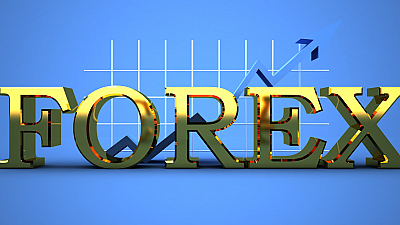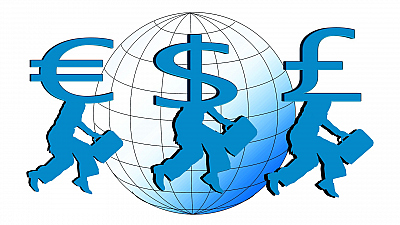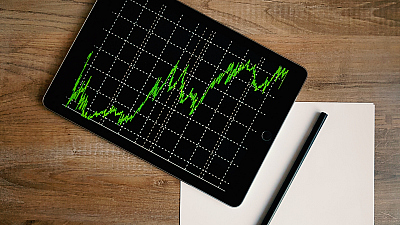The interest rate is the amount of interest due per period, as a proportion of the amount lent, deposited or borrowed.
In general, the interest rate is the price charged by central banks for lending money to the private banks. It is a major factor that affects the fundamentals of the currency pairs. The interest rates are determined by the central banks and are part of their monetary policy. Commercial lending rates follow closely the central banks’ interest rates, since private banks cannot lend money cheaper than they borrow. This strong connection is what makes interest rates a tool for regulating the economic performance and the inflation of a country.
If the economy’s pace is beginning to slow down, central banks can reduce the interest rates.
In doing so, they decrease the borrowing cost and loans become more accessible to companies and investors. The incentive for saving decreases as well, and people begin to invest their money, rather than save them.
This leads to an overall economic boost.
That boost is driven by the increase in the investment rate and the development of the production sectors, as well as the rise of the personal income and spending.
As the money supply increases, the inflation rate follows.
But too much inflation can harm the economy. So, in order to control it, the central banks increase the interest rates, which in turn increases the borrowing cost and the people’s incentive to save, rather than spend their money.
This interest rate cycle influences the value of the currencies in the foreign exchange market.
Higher interest rate levels mean more attractive currency, since its value is higher, compared to other foreign currencies. And the other way around, lower interest rates decrease the value of the currency and weakens it against the others.
It is important to distinguish between nominal (or base) interest rate and real interest rate.
The nominal rate is the official figures that we see but traders and investors need to be aware of the real interest rate behind it. It is calculated when you remove the influence of the expected inflation on the nominal rate.
In the end, a higher nominal interest rate might be very much due to inflation, rather than real interest rate.
Another thing to consider is that although central banks regulate the supply of one currency, it is political and economic stability that dictates the demand for it.
A stable economy would increase the confidence of investors as well as their willingness to use the currency as a reliable financial asset, while high interest rate accompanied by high inflationary levels would do the opposite.
The interest rate does not change every day.
It does so in a generally predictable enough manner, with central banks usually notifying the public beforehand in press conferences, to avoid unnecessary market turmoil. That is why all changes are usually “priced” in the currency pairs by the time they happen.
What forex traders should watch out for are the expectations for upcoming changes.
Because a change in expectations can lead to a change in speculation, gaining more momentum as the expected change nears. And while the interest rates change gradually, sometimes all it takes for the market sentiment to change is one report.




